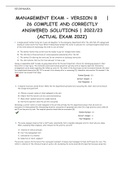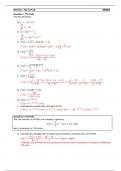Samenvatting
Economics Summary
- Instelling
- Tilburg University (UVT)
- Boek
- Economics
A very clear and extensive summary of the book 'Economics' by Krugman and Wells. The summary contains of clear definitions, explanations and graphs that illustrate it.
[Meer zien]














